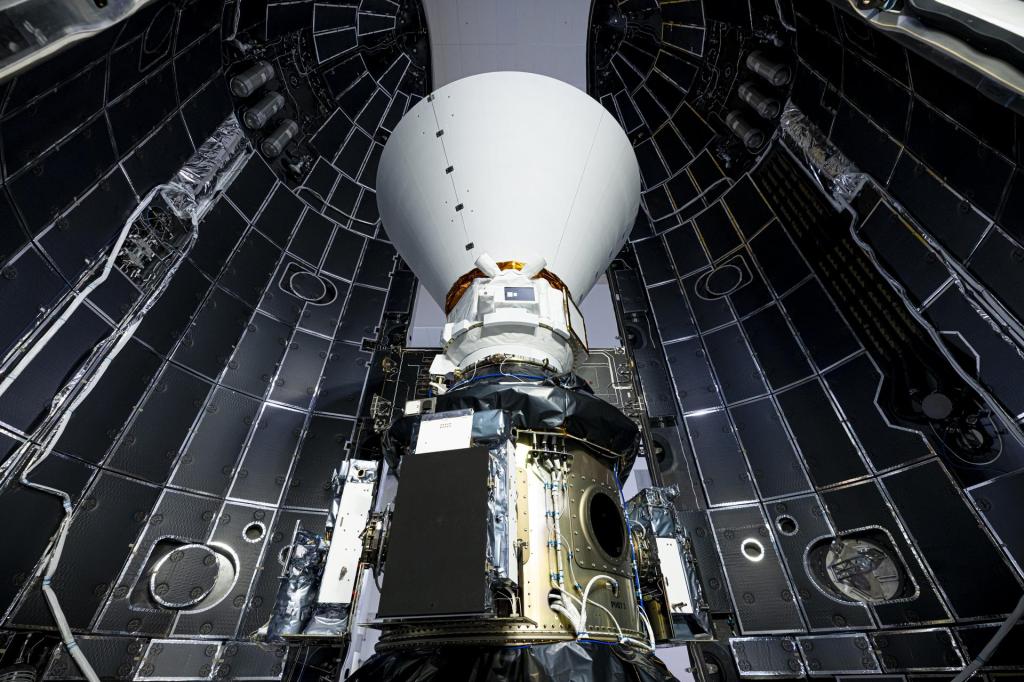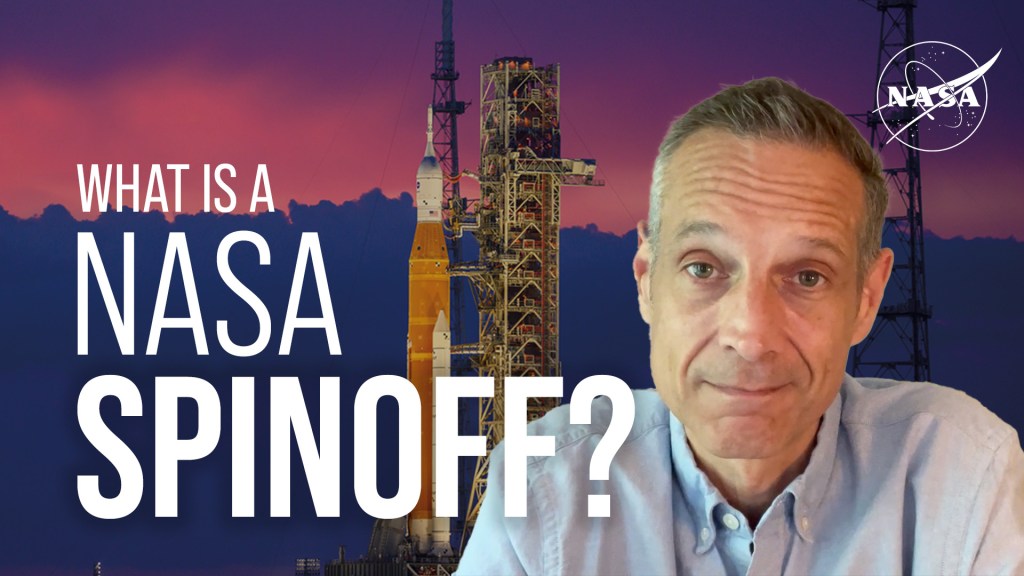NASA and SpaceX once again are gearing up to launch astronauts on an American rocket and spacecraft to the International Space Station as part of NASA’s Commercial Crew Program. NASA’s SpaceX Crew-4 is the fourth crew rotation mission that will carry an international crew of four astronauts on a science expedition to the microgravity laboratory.
NASA astronauts Kjell Lindgren, Bob Hines, and Jessica Watkins, as well as ESA (European Space Agency) astronaut Samantha Cristoforetti, will launch aboard a Crew Dragon spacecraft. The mission is scheduled to lift off no earlier than Wednesday, April 20, from Launch Complex 39A at NASA’s Kennedy Space Center in Florida.
The crew will spend several months conducting science and maintenance aboard the orbiting laboratory before the four astronauts return to Earth in the fall of 2022.
The Crew-4 mission will fly a new Crew Dragon spacecraft and will launch on a Falcon 9 booster that has previously sent three missions into space. It is tradition the first astronauts to fly a new capsule name their spacecraft; Crew-4 chose “Freedom” to celebrate a fundamental human right, and the industry and innovation that emanate from the unencumbered human spirit.
Lindgren and Hines were assigned to the Crew-4 mission in February 2021 and began working and training on SpaceX’s next-generation human spacecraft and for their stay aboard the space station. Cristoforetti was assigned to the mission in March 2021 and Watkins was added as the fourth crew member in November 2021.
The Crew
Lindgren is commander of the Crew Dragon spacecraft and the Crew-4 mission. He is responsible for all phases of flight, from launch to re-entry, and will serve as an Expedition 67 flight engineer aboard the station. This will be Lindgren’s second spaceflight since becoming an astronaut in 2009. In 2015, he spent 141 days aboard the station as an Expedition 44/45 flight engineer. Board certified in emergency medicine, he previously worked at NASA’s Johnson Space Center in Houston as a flight surgeon supporting space station training and operations and served as a deputy crew surgeon for space shuttle flight STS-130 and Expedition 24. Lindgren was born in Taipei, Taiwan, and spent most of his childhood in England before graduating from the U.S. Air Force Academy.
Hines is the pilot of the Crew Dragon spacecraft and second in command for the mission. He is responsible for spacecraft systems and performance. Onboard the station, he will serve as an Expedition 67 flight engineer. This will be his first flight since his selection as an astronaut in 2017. Hines has served more than 22 years in the U.S. Air Force as a test pilot, fighter pilot, and instructor pilot. Before his selection in 2017, he was a research pilot at Johnson.
Watkins is a mission specialist for Crew-4 and will work closely with the commander and pilot to monitor the spacecraft during the dynamic launch and re-entry phases of flight. Once aboard the station, she will become a flight engineer for Expedition 67. Watkins grew up in Lafayette, Colorado, and studied geology at Stanford University, Palo Alto, California, and the University of California, Los Angeles. As a geologist, she studied the surface of Mars and was a science team collaborator at NASA’s Jet Propulsion Laboratory, Pasadena, California, working on the Mars Science Laboratory rover, Curiosity. She also was selected as a NASA astronaut in 2017, and this will be her first trip to space.
Cristoforetti will also serve as a mission specialist, working to monitor the spacecraft during the dynamic launch and re-entry phases of flight. She will be a flight engineer for Expedition 67. This will be her second trip to space following five months in 2015 as an Expedition 42/43 flight engineer. Born in Milan, Italy, she was a fighter pilot in the Italian Air Force prior to being selected as an ESA astronaut in 2009. In 2019, she served as commander for NASA’s 23rd Extreme Environment Mission Operations mission on a 10-day stay in Aquarius, the world’s only undersea research station.
Mission Overview
Lifting off from Launch Pad 39A on a Falcon 9 rocket, Crew Dragon will accelerate its four passengers to approximately 17,500 mph and put it on an intercept course with the International Space Station.
The Falcon 9 first stage that will be used to launch this mission flew previously on SpaceX’s 22nd commercial resupply mission to the station in June 2021, NASA’s SpaceX Crew-3 mission in November 2021, and SpaceX’s Turksat 5B mission in December 2021. This will be the first crew launch on a booster making its fourth flight.
Once in orbit, the crew and SpaceX mission control will monitor a series of automatic maneuvers that will guide the Crew-4 astronauts to the forward end of the station’s Harmony module. After several maneuvers to gradually raise its orbit, Crew Dragon will be in position to rendezvous and dock with their new home in orbit. The spacecraft is designed to dock autonomously, but the astronauts can take control and pilot manually, if necessary.
After docking, the Crew-4 astronauts will be welcomed inside the station by the seven-member crew of Expedition 67. The astronauts of NASA’s SpaceX Crew-3 mission will undock from the space station and splashdown off the coast of Florida several days after Crew-4’s arrival.
The Crew-4 astronauts will conduct new and exciting scientific research in areas such as materials science, health technologies, and plant science to prepare for human exploration beyond low-Earth orbit and benefit life on Earth. Experiments will include studies on the aging of immune systems, organic material concrete alternatives, and cardiorespiratory effects during and after long-duration exposure to microgravity. These are just some of the more than 200 science experiments and technology demonstrations that will take place during their mission.
Launching alongside the crew in the Dragon capsule is an investigation that seeks to restore meaningful vision to people suffering from retinal degenerative diseases like retinitis pigmentosa and macular degeneration. The Protein-Based Artificial Retina Manufacturing experiment tests the manufacturing of artificial retinas or retinal implants in microgravity, where it is expected their production could be optimized.
Also traveling to space aboard the Crew Dragon are Smart-Tex shirts as part of the German Space Agency (DLR) investigation called Wireless Compose-2. The shirts are fitted with sensors, wiring, and a communications module to wirelessly transmit data to a base station. The shirt is designed to monitor cardiovascular activity like relative blood pressure and can provide details about heart contraction rate and valve opening and closing times – something normally accessible only through sonography or CT scans. These kinds of wearable technologies could be used to monitor health throughout a long-duration space exploration mission and could lead to a more flexible implementation of this technology in health monitoring equipment on Earth.
During their stay aboard the orbiting laboratory, astronauts of Crew-4 will see cargo spacecraft including the SpaceX cargo Dragon in early summer and the Northrop Grumman Cygnus in late summer. They also will be onboard for the arrival of NASA’s Boeing Orbital Flight Test-2 mission, currently targeted for May. The Crew-4 astronauts are scheduled to conduct a pair of spacewalks to continue preparing the station for new solar arrays that will increase the station’s total available power supply.
At the conclusion of the mission, Crew Dragon will autonomously undock with the four astronauts aboard, depart the space station and re-enter Earth’s atmosphere. After splashdown just off Florida’s coast, a SpaceX recovery vessel will pick up the crew and bring them back to shore to board a plane for return to NASA’s Johnson Space Center in Houston.
The Crew-4 mission continues NASA’s efforts to restore and maintain American leadership in human spaceflight. Regular, commercial crew rotation missions enable NASA to continue the important research and technology investigations taking place on the station. Such research benefits people on Earth and lays the groundwork for future exploration of the Moon and Mars starting with the agency’s Artemis missions, which includes landing the first woman and person of color on the lunar surface.
Subscribe and get the latest from NASA delivered every week:




























